Living microrobots made from algae were weaponized to help fight tumors by improving the effectiveness of cancer therapies.
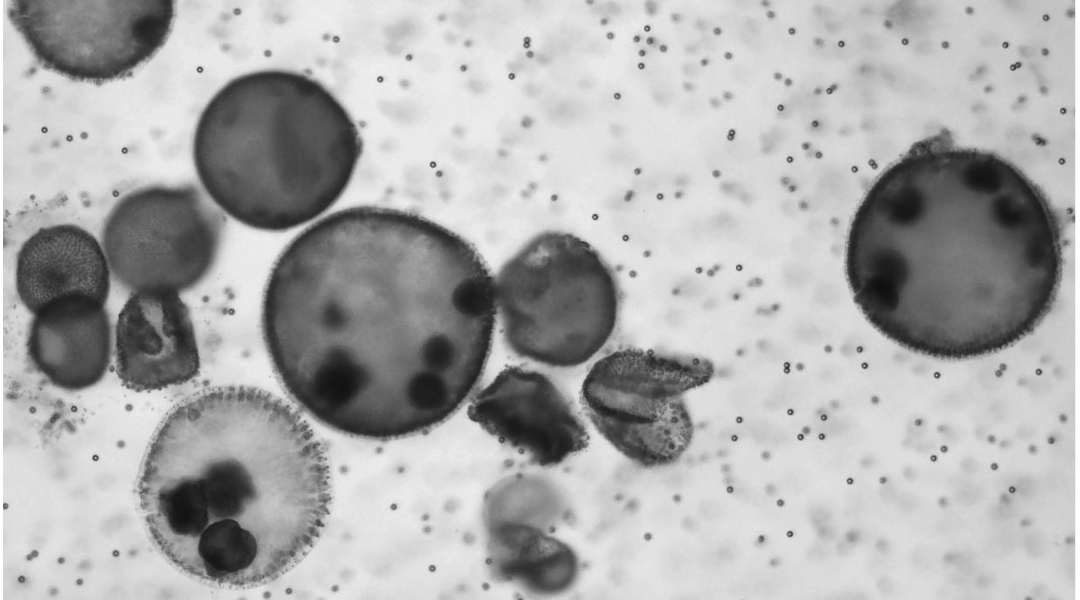

Living microrobots made from algae were weaponized to help fight tumors by improving the effectiveness of cancer therapies.
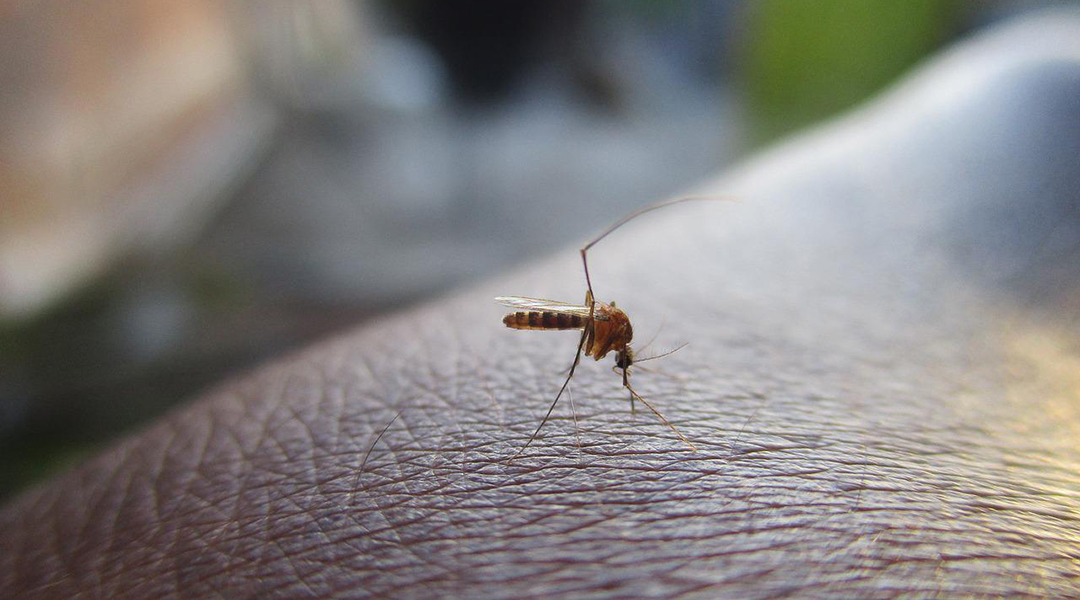
Dengue and Zika take control of a protein responsible for body odor, but a simple treatment helps reverse the process.
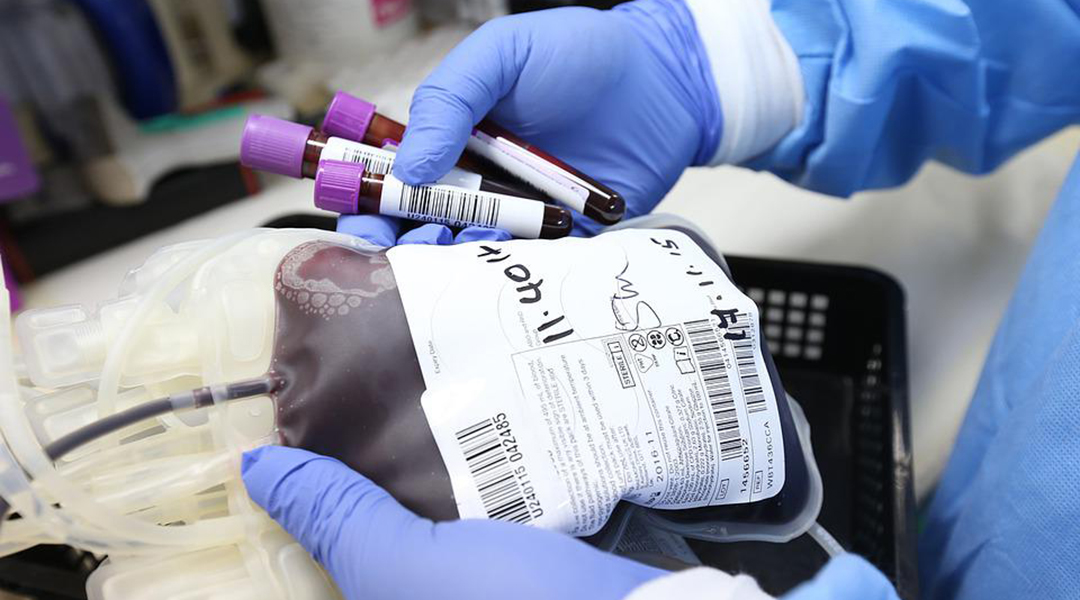
A new drug called momelotinib reduces the need for blood transfusions in anemic patients suffering from myelofibrosis.

Heavy bleeding could be stopped using a new formula based on proteins found in snake venom.
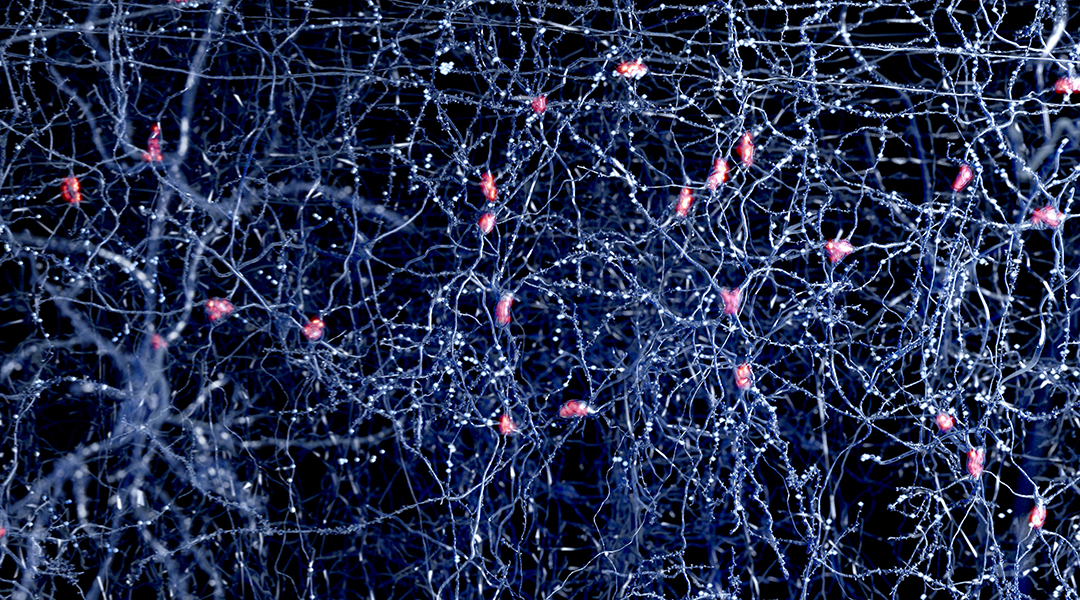
Researchers identify a protein that stops the brain from connecting memories, and regulating it could help improve memory loss treatment.

When working with animal models for newborn babies, researchers need to determine what stage of development best mimics that of a human baby at birth.
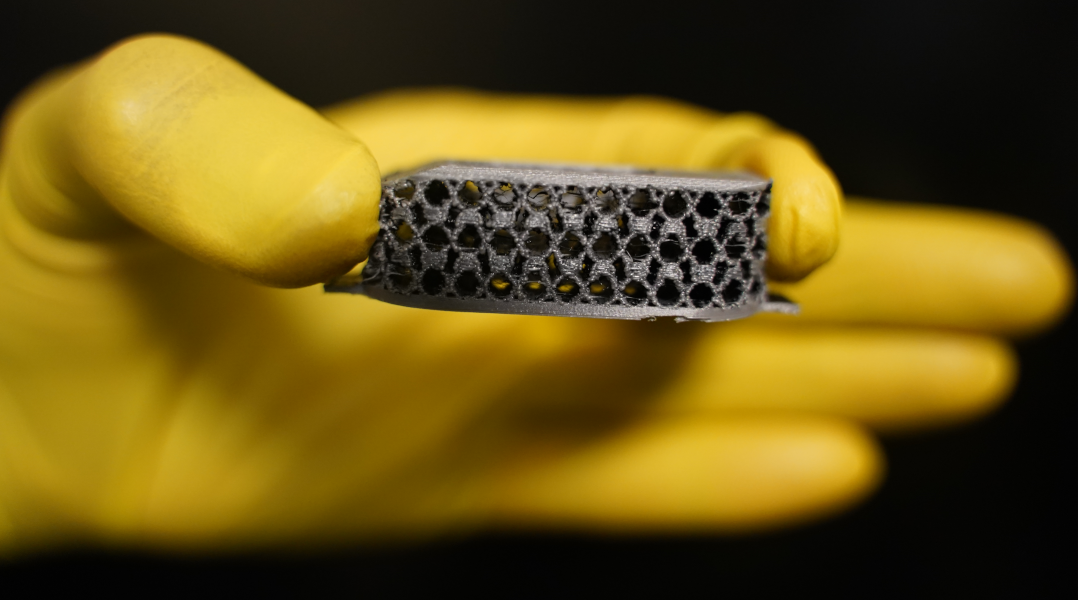
While radiographic imaging can evaluate bone healing post surgery, a smart, self-aware implant could eliminate unnecessary exposure to radiation.
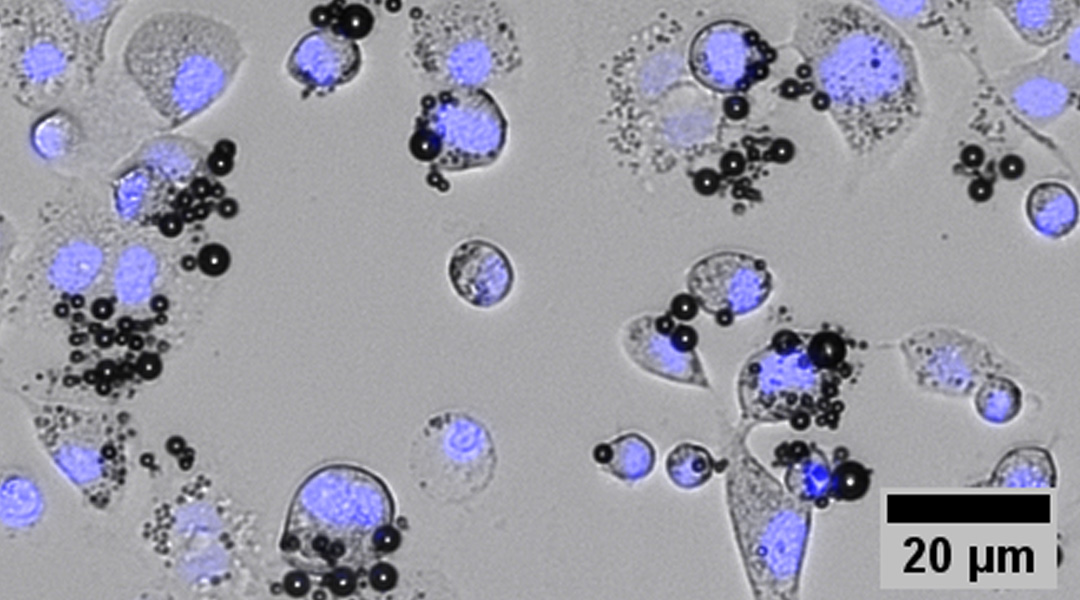
A fragile cancer immunotherapy agent “cGAMP” is delivered to tumor sites using tiny bubbles that protect it until it reaches its destination.
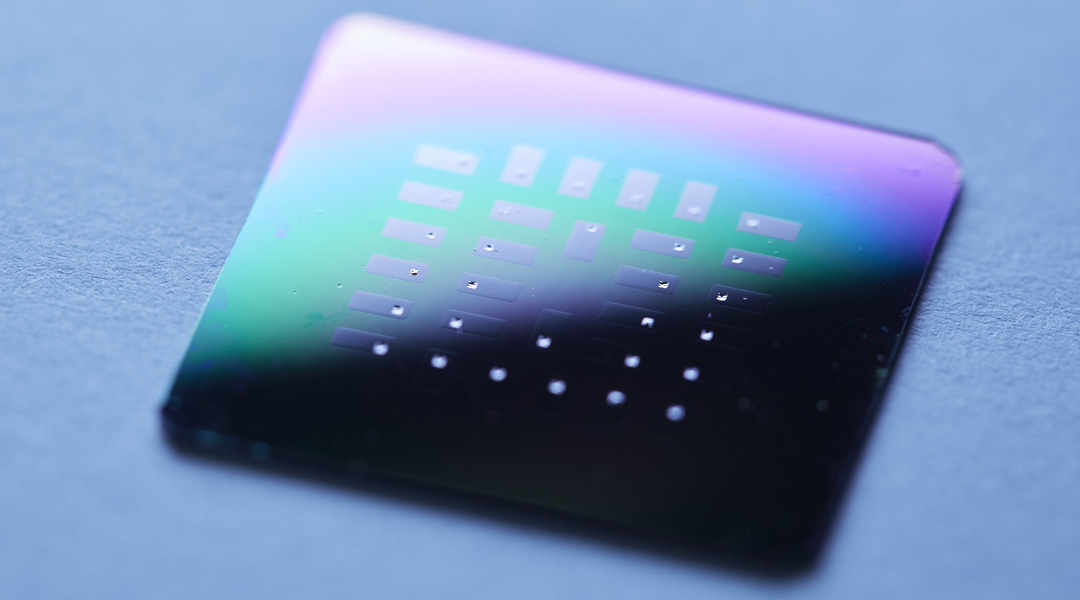
To power next generation chip based medical implants, power sources need to be miniscule and perpetual.

Researchers show that through aging the number of stem cells contributing to blood cell production significantly shifts.